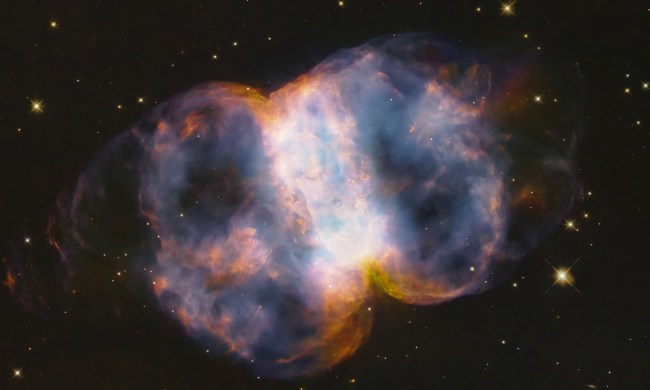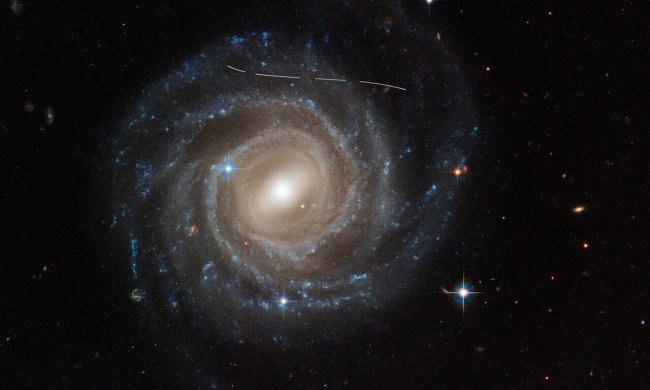If this week’s release of the biggest James Webb image so far hasn’t fully satisfied your urge for beautiful pictures of space, the old faithful Hubble Space Telescope is here for you. Each week, Hubble researchers share an image collected by the 30-year-old telescope, and this week shows a dazzling globular cluster by the name of NCG 6540.
A globular cluster is a group of tens of thousands or even millions of stars, which are packed closely together and held in a cluster by their shared gravity. This particular globular cluster was imaged using two of Hubble’s instruments, the Wide Field Camera 3 and the Advanced Camera for Surveys.

This cluster is located around 17,000 light years away and is in the constellation of Sagittarius. It was first observed in 1784 by William Herschel, who originally classified it as a “faint nebula,” but its true nature as a globular cluster was noted when it was observed by Celtech astronomer Stanislav George Djorgovski in 1986.
Studying these huge groups of stars can help astronomers learn more about the evolution of stars and galaxies, and this image was collected as part of a study into globular clusters within the Milky Way. As Hubble scientists explain, “Hubble peered into the heart of NGC 6540 to help astronomers measure the ages, shapes, and structures of globular clusters towards the center of the Milky Way. The gas and dust shrouding the center of our galaxy block some of the light from these clusters, as well as subtly changing the colors of their stars … Globular clusters contain insights into the earliest history of the Milky Way, and so studying them can help astronomers understand how our galaxy has evolved.”



